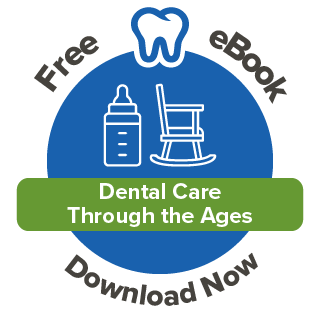By Kate Ranta on Aug 27, 2014 @ 11:12 AM
Unfortunately, millions of people—especially women—in the U.S. suffer from eating disorders. The pressure to have an ideal figure can feel crushing with constant advertisements that feature stick-thin models. Approximately 1 percent of adolescent girls and 2-3 percent of young women develop anorexia or bulimia to control their weight.
Anorexia is triggered by an intense fear of weight gain. Those suffering from it control their weight through self-induced starvation. Bulimia involves secret binge eating followed by self-induced vomiting. Both are destructive to the person’s mind and body—and even their teeth.
The Teeth Tell the Tale
Anorexia and bulimia deprive the body of vitamins, minerals and other necessary nutrients that keep you healthy. Physical symptoms and medical complications include:
- Heart failure
- Gastric or esophagus ruptures
- Osteoporosis
- Heart arrhythmia
- Shrinking of the brain
- Discolored and dry skin
- Swollen joints
- Reduced muscle mass
- Hair loss
- Severe depression
But that’s not all. Changes in the mouth are often the first physical sign of an eating disorder. And, often, dentists are the first health care professionals to catch these signs and symptoms.
Why? Because in patients with bulimia, the frequent vomiting erodes the teeth’s enamel. And, in anorexic patients, the teeth become brittle, transparent and weak. Other oral complications include:
- Widespread cavities
- Tooth and gum sensitivity to temperature
- Oral sores with ulcerations
- Enlarged salivary glands
- Dry mouth
- Cracked lips
- Changes in color, shape and length of teeth
Seek Help
There are ways to protect your teeth if you are—or someone you know is—struggling with an eating disorder. It can take people awhile to get help. So caring for your teeth in the meantime is important.
1. Rinse mouth with tap water rather than brushing teeth immediately after vomiting. Toothpaste can do further damage to weakened enamel. Wait about 20 minutes to brush.
2. Use a soft toothbrush and non-abrasive toothpaste to protect enamel.
3. Chew sugar-free gum to stimulate saliva production.
4. If possible, get a topical fluoride treatment from your dentist. Apply daily. This can prevent further tooth decay.
Most importantly, know you are not alone…and you can get help. Here is the National Eating Disorder Association’s helpline: 1.800.931.2237. Or, visit the organization’s website for information and tools. Once you’ve conquered your eating disorder, it’s a good idea to make an appointment with your dentist to get a true assessment of the damage and work together to restore your smile.





comments